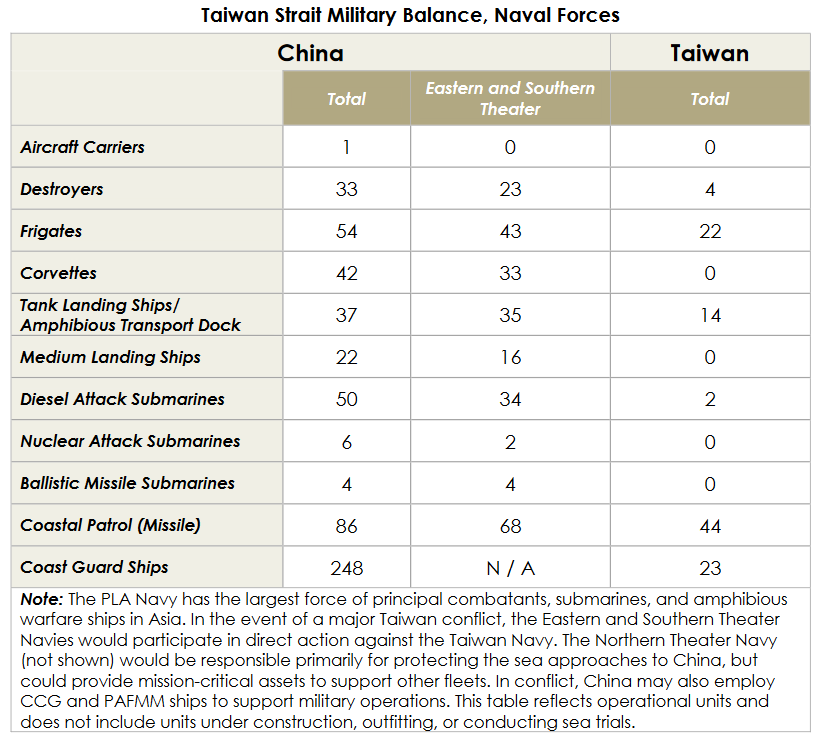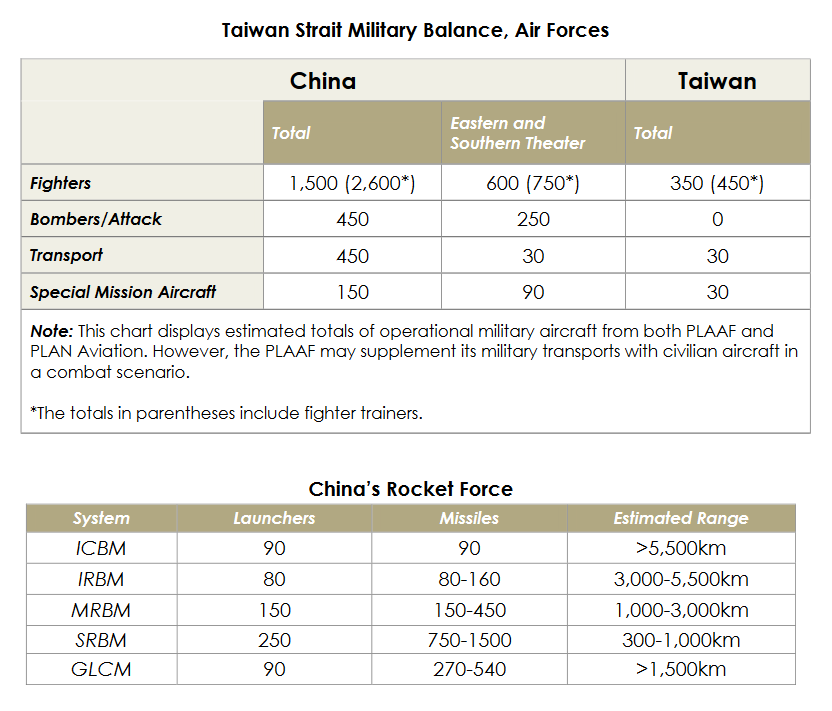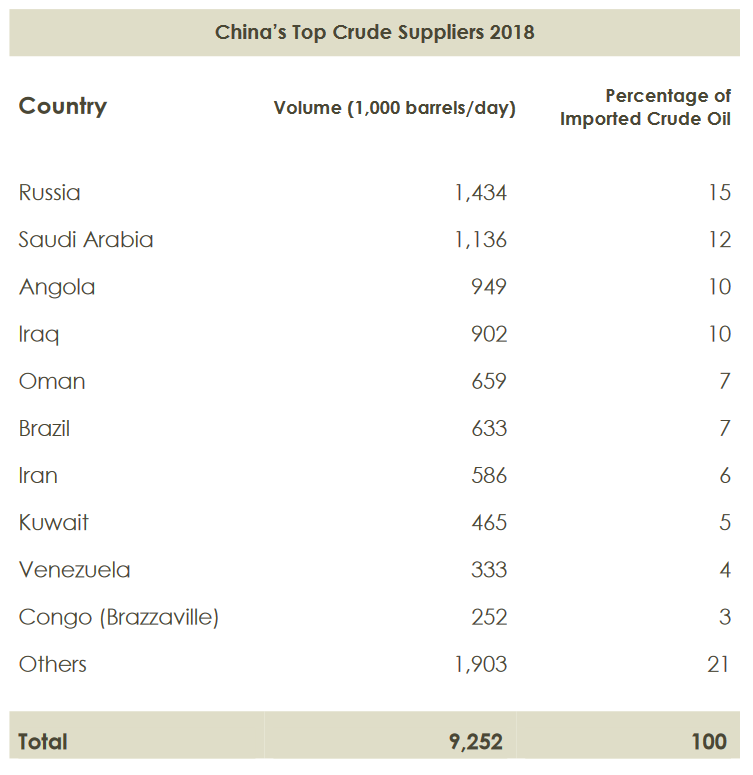On May 2nd, the Pentagon released its Annual Report to Congress regarding “Military and Security Developments Involving the People’s Republic of China 2019.”
The report addressed “the current and probable future course of military-technological development of the People’s Liberation Army and the tenets and probable development of Chinese security strategy and military strategy, and of the military organizations and operational concepts supporting such development over the next 20 years. The report shall also address United States-China engagement and cooperation on security matters during the period covered by the report, including through United States-China military-to-military contacts, and the United States strategy for such engagement and cooperation in the future.”
According to the report, China’s target is to realize a powerful and prosperous country, with a “world-class” military in order to security the country’s status as a great power with the aim of becoming the top power in the Indo-Pacific region.
It plans to realize this vision through four state-led efforts:
- China continues to implement long-term state-directed planning, such as “Made in China 2025” and other industrial development plans, which stress the need to replace imported technology with domestically produced technology. These plans present an economic challenge to nations that export high-tech products. These plans also directly support military modernization goals by stressing proprietary mastery of advanced dual-use technologies.
- China’s leaders seek to align civil and defense technology development to achieve greater efficiency, innovation, and growth. In recent years, China’s leaders elevated this initiative, known as Civil-Military Integration (CMI), to a national strategy that incentivizes the civilian sector to enter the defense market. The national CMI strategy focuses on hardware modernization, education, personnel, investment, infrastructure, and logistics.
- China’s leaders are leveraging China’s growing economic, diplomatic, and military clout to establish regional preeminence and expand the country’s international influence. China’s advancement of projects such as the “One Belt, One Road” Initiative (OBOR) will probably drive military overseas basing through a perceived need to provide security for OBOR projects.
- China conducts influence operations against media, cultural, business, academic, and policy communities of the United States, other countries, and international institutions to achieve outcomes favorable to its security and military strategy objectives. The Chinese Communist Party (CCP) seeks to condition foreign and multilateral political establishments and public opinion to accept China’s narrative surrounding its priorities like OBOR and South China Sea territorial and maritime claims.
According to the report China further attempts to navigate its interests in its region without jeopardizing stability in the region, as well as globally.
For the realization of the powerful and prosperous China in 2018, the People’s Liberation Army published a new Outline of Training and Evaluation that emphasized realistic and joint training across all warfare domains and included missions and tasks aimed at “strong military opponents.” Training focused on war preparedness and improving the PLA’s capability to win wars through realistic combat training, featuring multi-service exercises, long-distance maneuvers and mobility operations, and the increasing use of professional “blue force” opponents. The Chinese leadership also continued vigorous efforts to root out corruption in the armed forces.
The PLA is still undergoing a thorough and complex restructuring to become capable of conducting complex joint operations.
Unsurprisingly, China attempts to do this to counter the US, but also steals technology from it, according to the report.
“China’s military modernization also targets capabilities with the potential to degrade core U.S. operational and technological advantages. China uses a variety of methods to acquire foreign military and dual-use technologies, including targeted foreign direct investment, cyber theft, and exploitation of private Chinese nationals’ access to these technologies, as well as harnessing its intelligence services, computer intrusions, and other illicit approaches. In 2018, Chinese efforts to acquire sensitive, dual-use, or military-grade equipment from the United States included dynamic random-access memory, aviation technologies, and anti-submarine warfare technologies.”
Unlike US-Russian military cooperation which is officially categorically out of the question, the US report recognized that cooperation with China was possible. But that doesn’t mean it won’t take part in the “arms race” with China.
“The United States will compete from a position of strength while encouraging China to cooperate with the United States on security issues where U.S. and Chinese interests align.”
Two special topics from China’s conduct address key developments that have military and security implications for the US:
- In “Special Topic: Influence Operations,” the PLA has emphasized the development of its Three Warfares strategy in its operational planning since at least 2003, which is comprised of psychological warfare, public opinion warfare, and legal warfare. China’s foreign influence activities are predominately focused on establishing and maintaining power brokers within a foreign government to promote policies that China believes will facilitate China’s rise, despite China’s stated position of not interfering in foreign countries’ internal affairs. Meaning that one large issue for the US is China’s “soft power.”
- In “Special Topic: China in the Arctic,” China has increased activities and engagement in the Arctic region since gaining observer status on the Arctic Council in 2013. China published an Arctic Strategy in January 2018 that promoted a “Polar Silk Road,” self-declared China to be a “Near-Arctic State,” and identified China’s interests as access to natural resources and sea lines of communication (SLOCs), and promoting an image of a “responsible major country” in Arctic affairs. The strategy highlights China’s icebreaker vessels and research stations in Iceland and Norway as integral to its implementation. Arctic border countries have raised concerns about China’s expanding capabilities and interest in the region. Civilian research could support a strengthened Chinese military presence in the Arctic Ocean, which could include deploying submarines to the region as a deterrent against nuclear attacks.
In terms of resources for force modernization, the report recognizes that for the last 20 years China’s defense spending has increased, and it reinforced its position as the 2nd largest military spender in the world, after the US.
China has mobilized vast resources in support of defense modernization, including “Made in China 2025”and other industrial development plans, as well as espionage activities to acquire sensitive, dual-use, or military-grade equipment.
Furthermore, the report concluded that China’s published military budget omits several major categories of expenditure and its actual military spending is much higher than the official one.
Officially, for 2018 China’s military budget stands at $170.4 billion, 1.3% of its GDP. But estimations show that the actual military budget is upwards of $200 billion. That is because the published military budget doesn’t include R&D and foreign weapons procurement. It is expected for the budget to grow to $260 billion by 2022.
This will allow the PLA to dedicate more money for training, operations, and modernization following China’s 2015 reforms, which reduced the PLA’s size by 300,000 personnel. Economic forecasters project that China’s economic growth will slow during the next 10 years, falling from 6.6 percent in 2018 to 3 percent in 2030, which could slow future defense spending growth. Assuming accurate economic projections and a steady defense burden, China will remain the largest spender in the Indo-Pacific region besides the United States
The developments and trends in the Chinese defense industry show the following:
- China’s defense-industrial complex continues to adapt and reorganize to improve weapon system research, development, acquisition, test, evaluation, and production.
- China has realigned its S&T decision-making apparatus by establishing two advisory groups that promote a strategic approach to military modernization and enhance collaboration.
In terms of military equipment modernization:
- Many of China’s missile programs are comparable to other top-tier producers, and China can use aspects of the S-400 SAM system it began receiving from Russia in 2018 to reverse-engineer capabilities it lacks.
- China is the top ship-producing nation in the world by tonnage, with the capability to domestically produce naval gas turbine and diesel engines as well as shipboard weapons and electronic systems, making it nearly self-sufficient for all shipbuilding components.
In terms of foreign technology acquisition, China is working hard on acquiring AI, robotics, autonomous vehicles, quantum information sciences, augmented and virtual reality, financial technology, and gene editing.
It does this through imports, foreign direct investment, industrial and cyberespionage, and establishment of foreign R&D centers.
The part of the report focused on military-to-military communication between the US and China focuses on the US challenging PLA behaviors that are “inconsistent with the free and open international order, gain insight into China’s strategic intent, manage differences, and cooperate where our interests align.”
- Recurring institutionalized events serve as a mechanism for dialogue at the strategic and policy-levels, including risk reduction and practical cooperation.
- Functional engagements focus on risk reduction and communication channels to promote deconfliction and coordination.
- Exchanges improve the ability to interact and coordinate in providing international public goods in areas of mutual interest.
Finally, the report compares the Taiwanese military’s numbers and capability with the PLA’s. It is quite conclusive that Taiwan’s military prowess comes nowhere close to that of the PLA.
In an appendix, China’s top crude oil suppliers are further presented, with Russia sitting on top, and Saudi Arabia second, followed by Angola in third. Meaning that pressure on Iran, even if China were to comply with US sanctions on it wouldn’t cause a big stir.
Regardless, in the future Saudi Arabia, which is an established US ally could potentially be used to exert some pressure on China via its oil imports. Russia being on the top means that large pressure on China through means of crude exports are unlikely.
MORE ON THE TOPIC:










